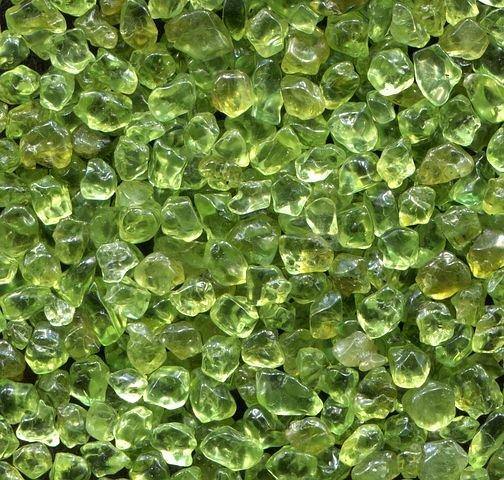Peridot – A Gorgeous Gemstone with an Interesting History
If there is one gemstone that got a fascinating history from cultural and natural standpoints alike, it would be none other than peridot.
Peridot is among the oldest gemstones that the history has ever known and records show that this was mined as far back as 1500 BC. This stone is specifically popular for being used during the times of ancient Egypt and many historians believed that those emeralds that Cleopatra loved so much were in fact peridot gems.
This stone rich in magnesium was originally used talisman thanks to its venerable mystical reputation in ancient world. This was also once assumed to help prevent anxiety, help men become more articulate, and create more successful relationships and marriages.
A Gem Like No Other
Peridot is different from other types of gems because these are formed through the geologic activity taking place in the crust of the Earth. By contrast, peridot and diamonds are exclusively found much deeper in the mantle. These stones form in the part of the earth known as the magma, the mantle’s top layer, around 25 to 55 miles under the surface.
Medicinal Properties
For the longest time, the Egyptians believed in the medicinal qualities of peridot, most remarkably its ability when it comes to dissolving spells. To harness its full potential, this was most commonly worn as jewelry and set in gold. This was also used as talisman to protect the use from evil spirits, specifically if this was strung with a donkey’s hair and worn on the user’s left arm.
Peridot, as a form of medicinal cure, was frequently ground into powder form then inhaled as treatment for asthma. In addition, holding peridot under the tongue was also thought to reduce the thirst of someone who suffers from fever. This was used as decoration on the priests’ breastplate as described in Book of Exodus, or the stone that represents each of Israel’s twelve tribes.
How Peridot Came to the Surface
The good news is that those who mined peridot didn’t need to go that deep just to get their hands on the gems because tectonic and volcanic activities forced them much closer to the earth’s surface. For decades, peridot was mined mainly on Topazos island, today’s Zabargad or St. John’s Island, located in Egyptian Red Sea, approximately 35 miles off Berenica, a coastal city in Egypt. The mining of peridot in the area lasted for over 3,500 years even though this was discussed for the very first time during 4th century BC in Natural History by Pliny the Elder. This was also thought to be initially known as topaz yet it was much later before a different stone got that name and this was renamed peridot.
The mining of peridot came to an end in Zabargad during the times of World War II. These days, however, there are places where major mining for this gem are done. These include areas such as China,Vietnam, Pakistan, and Burma. The American states of New Mexico and Arizona are also major locations where mining of peridot takes place. Accidentally, traces of peridot were also discovered in the dust that came from the moon and Mars.

